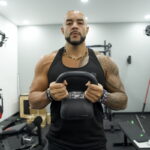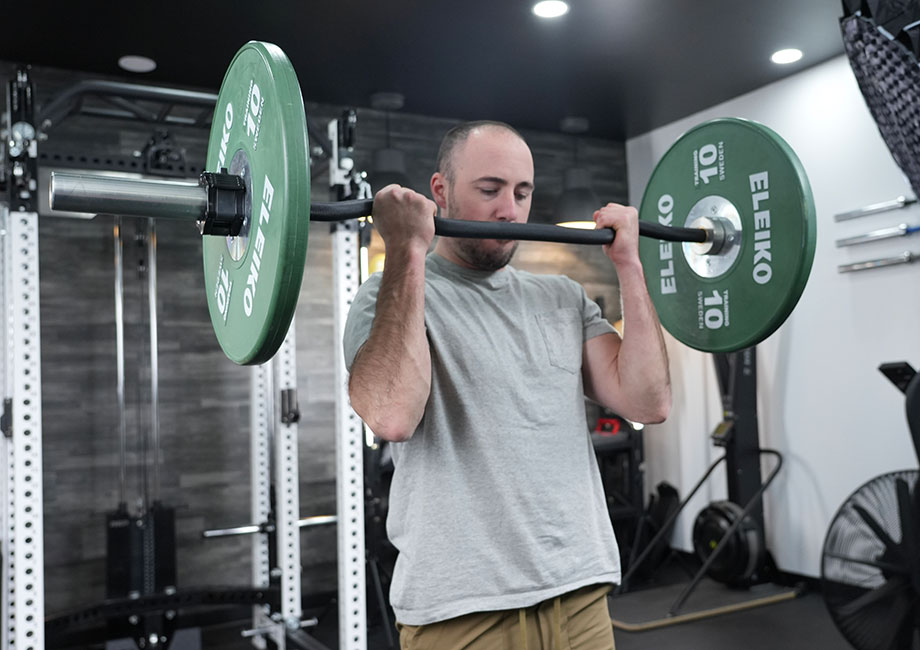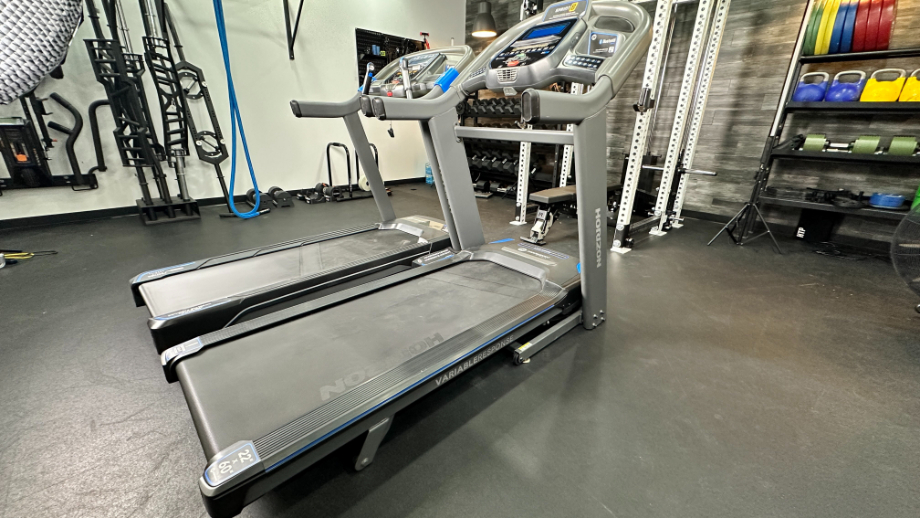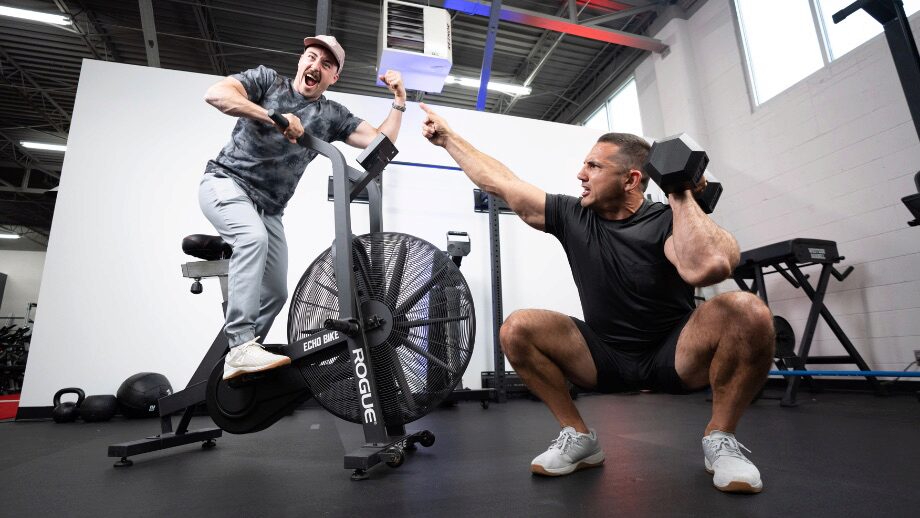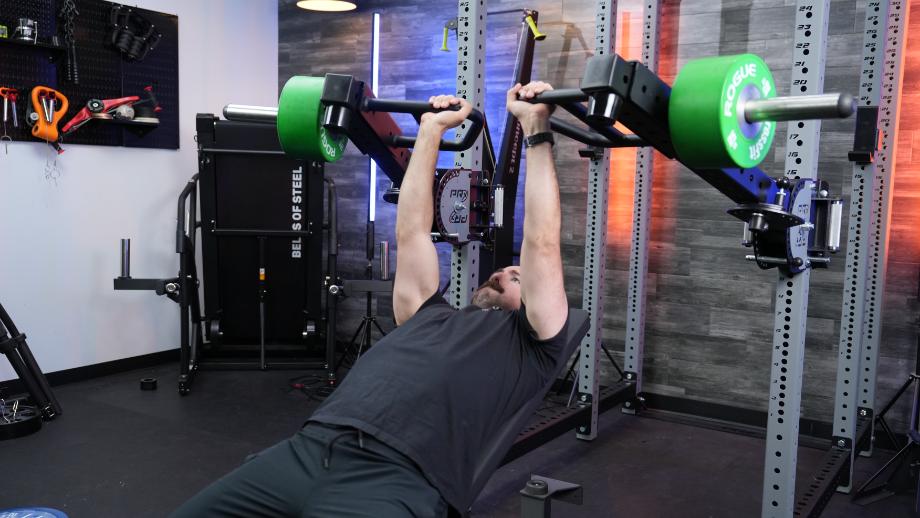To build a house, you first need to make a blueprint. As a certified personal trainer (CPT) who underwent a 75-pound weight loss journey, I can confirm the human body works the same way.
After all, how can you construct a chiseled chest or defined delts without knowing what exercises to perform, how many sets to do per week, or when to take rest days? The short answer is you’ll be stuck fighting an uphill battle to get ahead without a blueprint for building the body you want.
RELATED: An Expert Guide To Reps Vs Sets
However, even if you’re new to this whole fitness thing, you can easily create a personalized routine aligned with your goals. In this comprehensive guide, I’ll show you how to make a workout plan that’ll deliver results and keep you motivated to continue your journey one day at a time.
Assessing and Setting Your Fitness Goals
Before you make a plan of attack, you must assess your current fitness level. This will help you set attainable short- and long-term goals, choose appropriate exercises, and create a realistic training schedule.
Consider factors such as:
- Current activity level: How often do you currently exercise? Do you spend a majority of the day sitting?
- Strength and endurance: Can you lift weights comfortably? How long can you sustain cardio activities?
- Flexibility: How flexible are you? Do you have any mobility limitations?
- Previous injuries: Have you suffered any injuries that may affect your ability to perform?
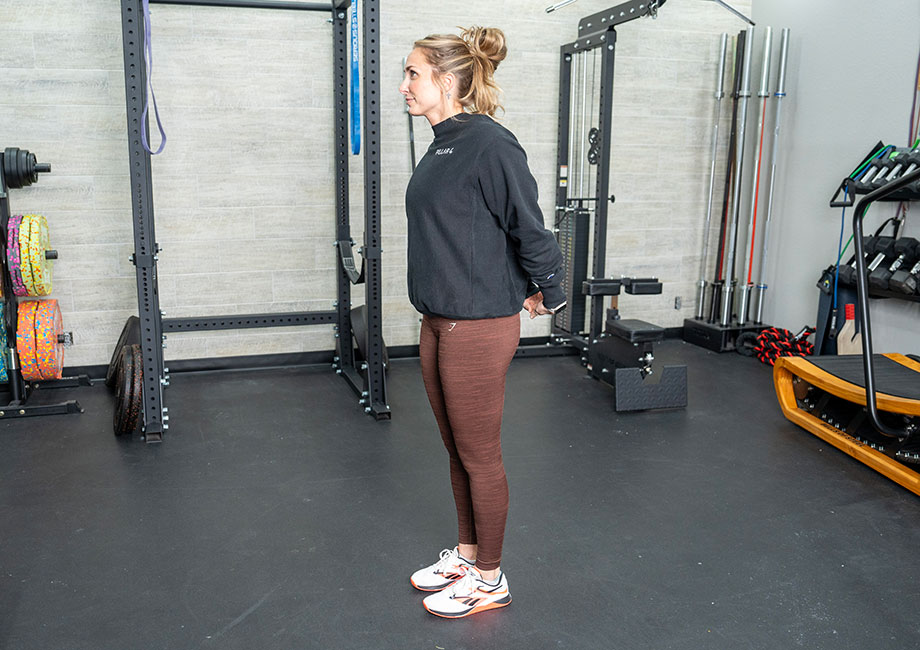
RELATED: Workout Schedule For Beginners
Short-Term Vs Long-Term Fitness Goals
Setting clear, achievable goals will help you stay motivated and accountable throughout your fitness journey. Your goals should be specific, measurable, attainable, relevant, and time-bound (aka SMART).
Of course, some feats—like shedding a significant amount of body fat—take longer than others. Here are examples of short- and long-term fitness goals you typically see in the fitness community:
Short-term Fitness Goals
- Lose 5 lbs in a month
- Increase bench press weight by 10 lbs in 6 weeks
- Improve mile pace by 30 seconds in 4 weeks
Long-Term Fitness Goals
- Run a marathon in a year
- Achieve a body fat percentage of 15% in 6 months
- Gain 10 lbs of lean muscle over the summer
RELATED: How To Lose Body Fat
Key Components of a Workout Plan
Crafting an effective workout plan involves more than selecting exercises and setting up a schedule. From cardio to recovery, each of these components plays a critical role in formulating a comprehensive plan of attack.
Strength Training
Strength training is essential for building muscle, increasing metabolism, and improving overall strength. It involves exercises that target specific muscle groups using resistance, such as dumbbells, kettlebells, and cable machines.
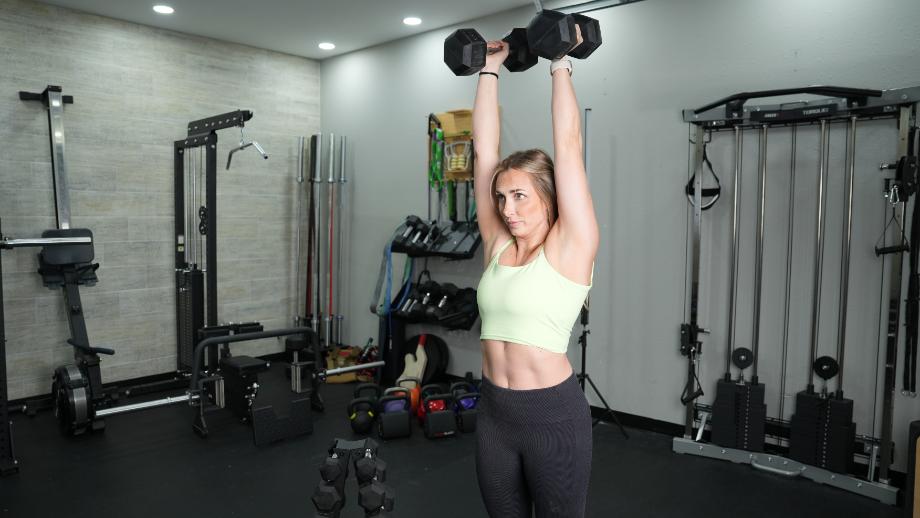
RELATED: 12 Benefits Of Strength Training
All adults should strength train at least two times per week for optimal health. Those with specific physique or performance goals may work out much more frequently (sometimes daily) to stay on track.
Cardio
Cardiovascular exercise, or cardio, is crucial for heart health, calorie burning, and overall fitness. It includes activities that increase your heart rate, such as running, cycling, and swimming.
There are many forms of cardio, including high-intensity interval training (HIIT) and steady-state cardio—aka StairMaster versus treadmill sessions. While cardio isn’t necessarily the most enjoyable physical activity, it is beneficial for your body and mind.
RELATED: 10 Amazing Benefits Of Cardio
Flexibility and Mobility
Flexibility and mobility exercises, such as stretching, yoga, and Pilates, enhance range of motion and prevent injuries. Often neglected but incredibly important, mobility work—which includes dynamic stretching— can help undo some of the damage caused by prolonged sitting.
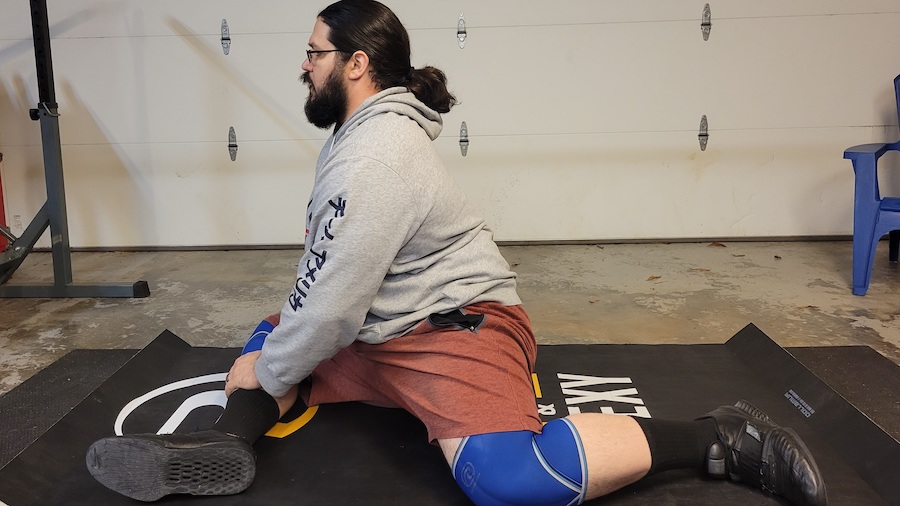
RELATED: Best Mobility Exercises
Increasing your flexibility will also allow you to get more out of your lifts. For example, tight hip flexors may prevent you from achieving proper squat depth. However, opening up your hip flexors can help you execute this fundamental movement pattern more easily.
Rest and Recovery
Rest and recovery are vital for muscle repair and growth. Ensure you include rest and active recovery days in your workout plan to avoid overtraining and injury.
RELATED: 10 Signs Of Overtraining
On rest days, give your body a break and relax. Refeed with a well-balanced meal, hydrate, and reset your mind for the next day. On active recovery days, spend some time with your foam roller and resistance bands, put on your headphones and go for an outdoor walk, or lay out your exercise mat and do a yoga session in your living room.
Strength Training Styles
Just like there are different types of workout splits, there are different types of strength training styles. Some focus on mastering just a few key lifts (powerlifting and Olympic weightlifting). Meanwhile, bodybuilding requires incredible discipline and attention to detail to get each body part stage-ready.
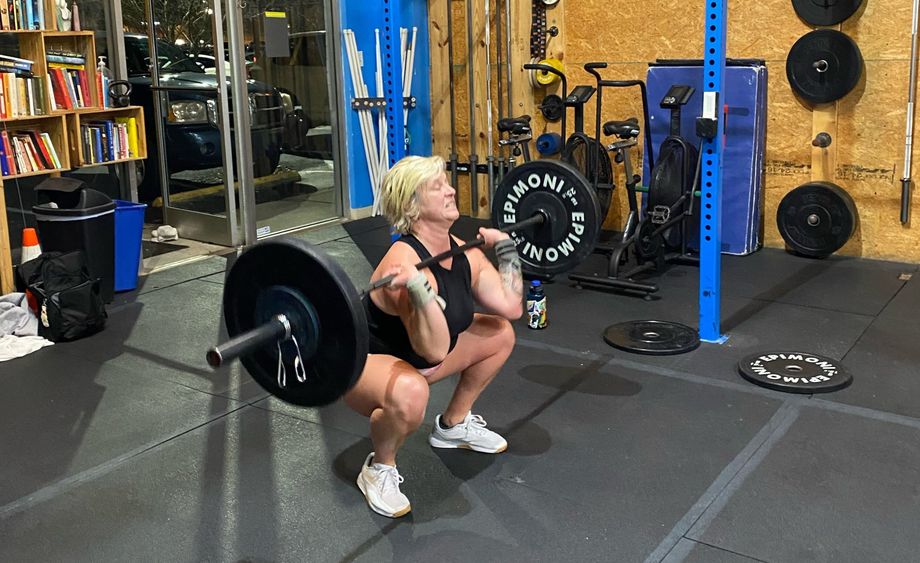
The best part about creating your own workout plan is the freedom to incorporate multiple training modalities. Depending on your goals, you can include CrossFit workouts to improve your metabolic conditioning and powerlifting sessions to develop strength.
RELATED: CrossFit Workouts At Home
Here’s an overview of each training style to give you a better idea of how to balance your workout plan.
| Training Style | What It Is | Benefits |
| General strength training | General strength training involves using resistance exercises to build muscle mass, strength, and endurance. | –Increases muscle mass and overall strength1 –Enhances metabolic rate2 –Improves bone density3 |
| Circuit training | Circuit training involves performing several exercises in a specific order with minimal rest. It’s great for building strength and endurance. | -Efficient use of time -Combines strength and cardio -Can be tailored to different fitness levels |
| CrossFit | CrossFit is a dynamic, high-intensity workout program incorporating elements from several sports and types of exercise. | -Builds strength and endurance -Promotes community and motivation -Varied workouts prevent boredom |
| Bodybuilding | Bodybuilding aims to build muscle size and definition through a structured weight training program and a well-formulated diet. | -Focuses on muscle hypertrophy -Encourages discipline in diet and training -Values aesthetic improvements |
| Powerlifting | Powerlifting focuses on three main lifts: the squat, the bench press, and the deadlift. The main goal is to lift the heaviest weight possible. | -Builds maximal strength -Focuses on technique and form -Competitive aspect for motivation |
| Olympic weightlifting | Olympic weightlifting is a sport consisting of two lifts—the snatch and the clean and jerk—where athletes aim to lift maximum weight with precise technique. | -Enhances explosive power and overall strength -Improves coordination, balance, and flexibility -Builds significant muscle mass, particularly in your lower body and core |
Choosing the Right Exercises
Just like you want to choose the right ingredients for your pre-workout smoothie, you want to select the right exercises to support your fitness goals. I’m a huge fan of compound exercises like the back squat and bent-over barbell row, as they engage multiple muscle groups and improve your functional fitness. When I’m creating a strength training plan for a client, I make sure to build each workout around one compound movement.
However, isolation exercises like lateral raises and biceps curls are also highly effective. If you want to sculpt a well-balanced physique, these types of movements can help you build muscle and achieve a symmetrical aesthetic. Ultimately, including both compound and isolation exercises is the best way to work on strength and hypertrophy—aka muscle growth.
Don’t worry if you’re unsure where to start. Later, I’ll provide a list of suggested exercises you can pencil into your program.
Incorporating Bodyweight Exercises
While you can rely on barbells and machines to get stronger and fitter, you can also get an effective workout in without any equipment. Bodyweight exercises are versatile, can be done anywhere, and are great for building muscular endurance, strength, and flexibility.
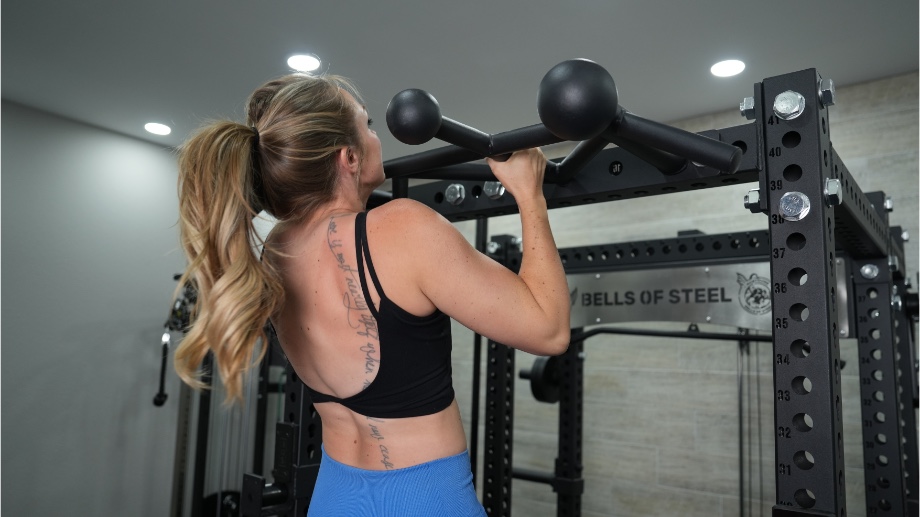
Here are some of my favorite bodyweight movements:
- Push-up
- Pull-up
- Plank
- Dip
- Lunge
- Burpee
- Mountain climber
- Leg raises
- Jump squat
RELATED: At-Home Bodyweight Workout
How To Create Your Own Workout Plan
You’ve got the components down. Now it’s time to put together a plan of attack to build a strong, muscular body and sharp, confident mind.
On to Step 1!
Warm-Up: Don’t Skip It!
Warming up prepares your muscles and cardiovascular system for the workout ahead, reducing the risk of injury and enhancing performance. A good warm-up includes light cardio and dynamic stretches.
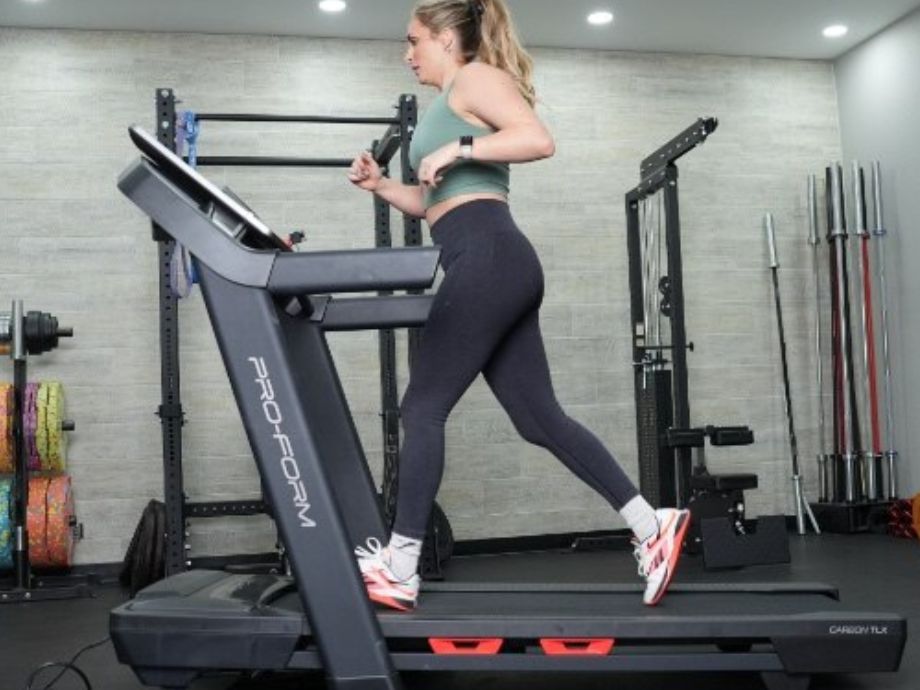
Examples:
- Light jogging for 5-10 minutes at a moderate pace
- Dynamic stretches such as arm circles, leg swings, and torso twists
- Rowing for 5-10 minutes at a light to moderate pace
RELATED: The 10 Best Warm-Up Exercises
Strength Training: Target Your Major Muscle Groups
Strength training should be the primary focus of your workout plan. You can go in a number of different directions depending on your goals, equipment needs, and schedule.
Whether you follow a bro split, full-body split, or another style, you should follow progressive overload principles to build strength and muscle. To get started, I recommend three to four sets of eight to 12 reps for most exercises, as this volume has been shown to support hypertrophy4. However, you can make adjustments based on your current strength level.

To give you some training inspiration, I’ve listed some of my go-to exercises based on each body part.
| Chest | Incline bench press, dip, incline fly, seated chest press |
| Arms | Overhead triceps extension, barbell curl, chin-up, cable rope triceps pushdown |
| Shoulders | Lateral raise, front raise, overhead press, Arnold press |
| Back | Lat pulldown, bent-over row, seated row, bent-over fly, shrugs |
| Legs | Squat, leg press, leg extension, walking lunges, Romanian deadlift |
RELATED: Cardio Vs Strength Training
Cardio: Always Include an Aerobic Activity
Cardio exercises improve heart health, burn calories, and help you develop endurance.
My word of advice: Choose activities you enjoy to stay motivated. If just the thought of a treadmill gets you in a tizzy, lace up your best running shoes and go for a jog outside.
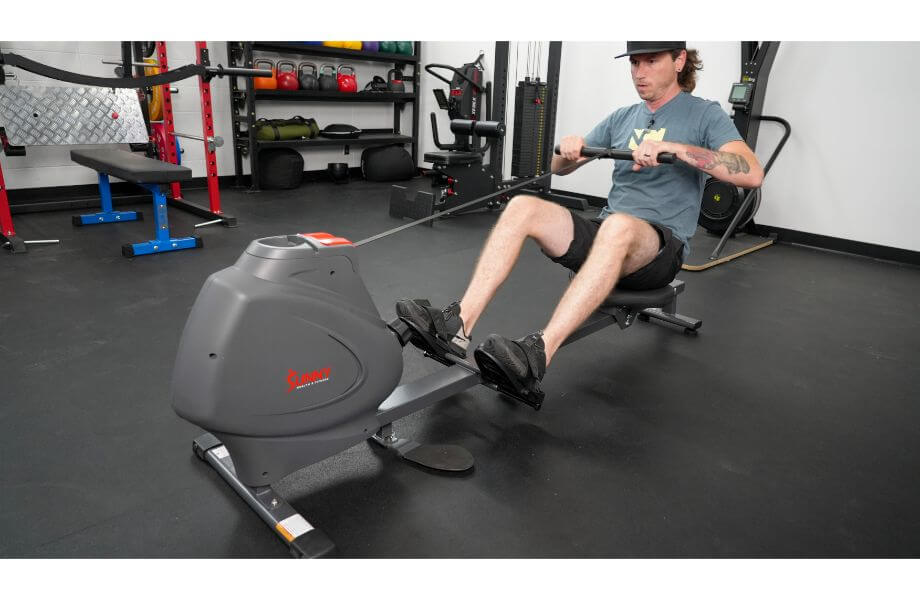
Here are ways to incorporate cardio into your training plan:
- Running: Great for endurance and calorie burning.
- Cycling: Low-impact option for cardiovascular fitness.
- Elliptical: Combines cardio with lower body strength training.
- Rowing: A full-body workout that’s gentle on your joints.
- HIIT: Alternates between intense bursts of activity and short recovery periods.
RELATED: 3 Beginner Cardio Workouts
Flexibility and Mobility: The Key to Staying Healthy
Flexibility and mobility exercises should be included to help improve your overall movement and prevent injuries. You can pencil them into your warm-up, cool-down, and rest days.
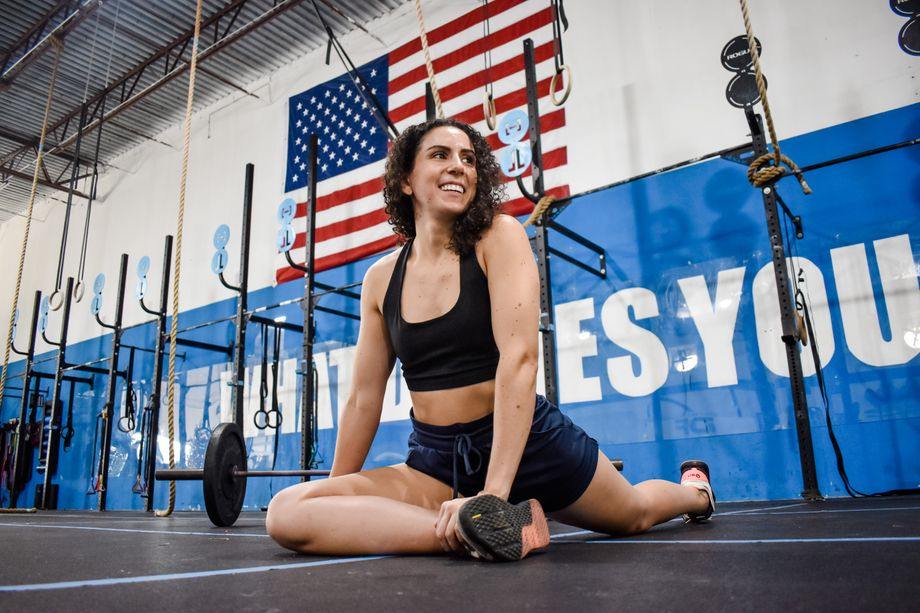
Examples include:
- Static stretching: Hold each stretch for 15 to 30 seconds post-workout
- Dynamic stretching: Incorporate into warm-ups to prime your muscles, joints, and tendons
- Yoga/Pilates: Classes focused on flexibility and functional core strength
- Cool down: Helps your body transition back to a resting state post-workout
RELATED: 14 Cool Down Exercises
Structuring Your Weekly Exercise Routine
A balanced workout plan should include strength training, cardio, flexibility/mobility, and rest. This checklist helps support comprehensive fitness, prevent overuse injuries, and give your body a chance to adapt and grow.
Sample Weekly Workout Plan for Beginners
| Day | Physical Activity |
| Monday | Lower-body strength training |
| Tuesday | Steady-state cardio (jogging, cycling, rowing) |
| Wednesday | Rest |
| Thursday | Upper-body strength training |
| Friday | Cardio (HIIT) |
| Saturday | Light cardio (walking) or active recovery (yoga, Pilates, mobility work) |
| Sunday | Rest |
Adjust the intensity, duration, and complexity of your workouts as you progress. Intermediate and advanced routines may include more sets, higher weights, and additional HIIT sessions.
RELATED: How To Program Your Own Home Workouts
Tracking Progress and Adjusting Your Plan
Keeping a fitness log helps you monitor your progress and make necessary adjustments. Track your reps, sets, weights, and how you feel after each workout.If you notice you’re no longer making progress, it’s time to adjust your plan. This might include increasing weights, changing exercises, or altering the number of sets and reps.
Supplementation: Supporting Your Training Goals
Supplements can significantly enhance workout performance, support muscle recovery, and help you achieve your fitness goals. While everyone’s supplement stack is different, I’ve highlighted some of the most popular supplements and their benefits.
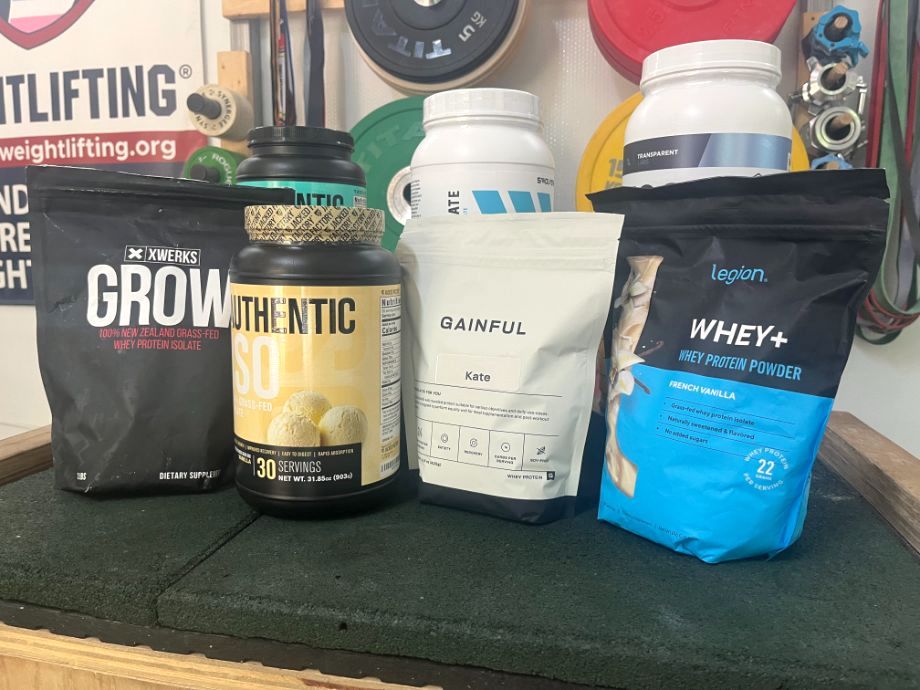
| Supplement | Why To Take It |
| Whey protein | Whey protein5 is a complete protein containing all nine essential amino acids. It’s quickly absorbed by the body, making it ideal for post-workout recovery. |
| Creatine | Creatine6 enhances your body’s ability to produce energy rapidly, improving strength, power, and high-intensity exercise performance. |
| Branched-Chain Amino Acids (BCAAs) | BCAAs7 (leucine, isoleucine, and valine) are essential amino acids that play a critical role in muscle protein synthesis and recovery. They reduce muscle soreness and fatigue, improve exercise performance, and prevent muscle breakdown. |
| Multivitamin | Multivitamins fill in any nutritional gaps in your diet, providing essential vitamins and minerals that support overall health, immune function, and energy production. |
| Fish oil (omega-3 fatty acids) | Omega-3 fatty acids8 (EPA and DHA) can help reduce inflammation, support heart health, improve joint mobility, and enhance muscle recovery. |
| Glutamine | Glutamine9 is the most abundant amino acid in the body and plays a key role in muscle recovery and immune function. |
| Electrolytes | Electrolytes10 like sodium, potassium, magnesium, and calcium are essential for maintaining hydration, nerve function, and muscle contractions. |
| Pre-workout supplements | Typically featuring ingredients like caffeine, beta-alanine, creatine, and nitric oxide boosters, top-rated pre-workout supplements increase energy, endurance, and blood flow. |
RELATED: Best Supplements For Muscle Growth
How To Make A Workout Plan: Final Thoughts
The best workout plans feature a mix of cardio and strength training, along with dedicated time for active recovery. However, before you grab a pair of the best dumbbells or lace up your favorite running shoes, you should set clear objectives and create a structured routine that aligns with your fitness goals. Once you start, remember to track your progress, adjust your plan as needed, and seek help from a personal trainer like myself when necessary.
Now that you know the basics, you can create a customized workout plan to produce a stronger, fitter, and healthier you.
How To Make A Workout Plan: FAQs
What are the benefits of a workout plan?
A workout plan provides structure, helps track progress, and enhances motivation and consistency.
What is a beginner gym split?
A beginner gym split typically involves dividing workouts into major muscle groups, such as upper body and lower body, or full-body workouts performed two to three times a week.
RELATED: 30-Minute Full-Body Workout At Home
How many reps and sets should I do?
To build strength and muscle, beginners should aim for three to four sets of eight to 12 repetitions for most exercises. If you’re focused on developing strength, you can reduce the number of reps and increase the intensity (weight).
How can a beginner build muscle?
A beginner can build muscle by following a structured strength training program, focusing on compound movements, progressively increasing weights, and ensuring adequate protein intake.
RELATED: How To Build Muscle
What are the key components of an effective workout plan?
An effective workout plan includes specific goals, a balanced exercise routine, progression, rest days, and proper nutrition.
How can I design a personalized workout plan to fit my goals?
Identify your fitness goals, assess your current fitness level, choose appropriate exercises, set a realistic schedule, and adjust the plan as you progress. When in doubt, you can also seek the guidance of a fitness professional, like a certified personal trainer, to help you get started.
RELATED: Best Online Personal Trainers
References
- THOMAS, M. H., & BURNS, S. P. (2016). Increasing Lean Mass and Strength: A Comparison of High Frequency Strength Training to Lower Frequency Strength Training. International Journal of Exercise Science, 9(2), 159-167. https://www.ncbi.nlm.nih.gov/pmc/articles/PMC4836564/
- Westcott W. L. (2012). Resistance training is medicine: effects of strength training on health. Current sports medicine reports, 11(4), 209–216. https://doi.org/10.1249/JSR.0b013e31825dabb8
- Hong, A. R., & Kim, S. W. (2018). Effects of Resistance Exercise on Bone Health. Endocrinology and Metabolism, 33(4), 435-444. https://doi.org/10.3803/EnM.2018.33.4.435
- Krzysztofik, M., Wilk, M., Wojdała, G., & Gołaś, A. (2019). Maximizing Muscle Hypertrophy: A Systematic Review of Advanced Resistance Training Techniques and Methods. International Journal of Environmental Research and Public Health, 16(24). https://doi.org/10.3390/ijerph16244897
- D. West, D. W., Sawan, S. A., Mazzulla, M., Williamson, E., & Moore, D. R. (2017). Whey Protein Supplementation Enhances Whole Body Protein Metabolism and Performance Recovery after Resistance Exercise: A Double-Blind Crossover Study. Nutrients, 9(7). https://doi.org/10.3390/nu9070735
- Kreider, R. B., Kalman, D. S., Antonio, J., Ziegenfuss, T. N., Wildman, R., Collins, R., Candow, D. G., Kleiner, S. M., Almada, A. L., & Lopez, H. L. (2017). International Society of Sports Nutrition position stand: Safety and efficacy of creatine supplementation in exercise, sport, and medicine. Journal of the International Society of Sports Nutrition, 14. https://doi.org/10.1186/s12970-017-0173-z
- Wolfe, R. R. (2017). Branched-chain amino acids and muscle protein synthesis in humans: Myth or reality? Journal of the International Society of Sports Nutrition, 14. https://doi.org/10.1186/s12970-017-0184-9
- Simopoulos A. P. (2002). Omega-3 fatty acids in inflammation and autoimmune diseases. Journal of the American College of Nutrition, 21(6), 495–505. https://doi.org/10.1080/07315724.2002.10719248
- Cruzat, V., Rogero, M. M., Keane, K. N., Curi, R., & Newsholme, P. (2018). Glutamine: Metabolism and Immune Function, Supplementation and Clinical Translation. Nutrients, 10(11). https://doi.org/10.3390/nu10111564
- Shrimanker, I., & Bhattarai, S. (2023). Electrolytes. In StatPearls. StatPearls Publishing.

